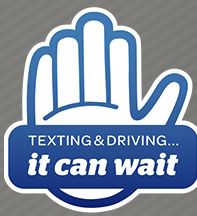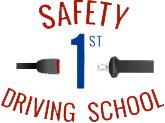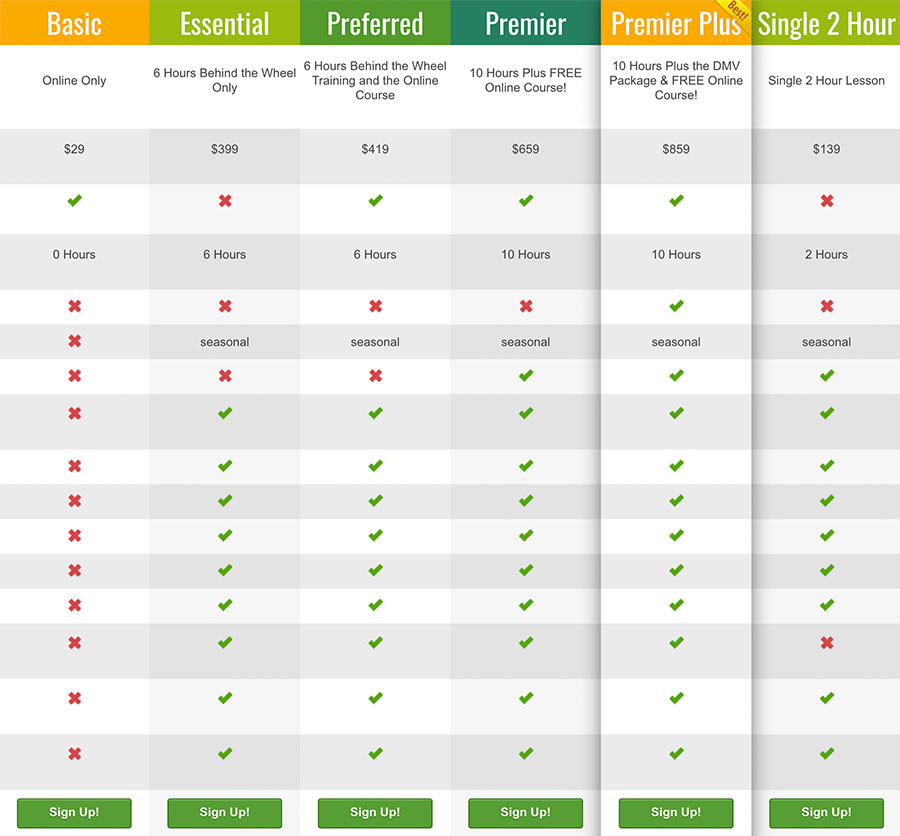If you’re an Orange County driver, no doubt you see behind-the-wheel texters on the daily. Maybe you’re one of them.
Statistically most of the offenders are young people between the ages of 18 and 24; however, there are behind-the-wheel texters in every age group and demographic. The Los Angeles Times recently reported on a federal survey that at any given moment, 660,000 drivers are looking at their phones instead of the road.
So 39 states have laws against texting while driving, and many phone companies and non-profits have anti-texting campaigns aimed at teenagers…but is anything getting through?
Do anti-texting campaigns really work?
Sadly, the numbers show that efforts – legal and otherwise – to stop people (particularly teenagers) from texting while driving are not working.
Why not?
One article we read by public relations expert Kevin Cate has the following theories on why anti-texting & driving campaigns don’t work:
 As part of its anti-texting & driving campaign, AT&T conducted a survey and found that 97% of teenagers know texting while driving is dangerous – and yet all the ads and public service announcements are focused on the dangers of texting while driving.
As part of its anti-texting & driving campaign, AT&T conducted a survey and found that 97% of teenagers know texting while driving is dangerous – and yet all the ads and public service announcements are focused on the dangers of texting while driving.
So how can these ads reach their target audience?
Well, according to the same AT&T survey, 47% of teenagers admit to texting while driving, and the number is probably higher because 75% of them say their friends text and drive.
It also revealed that 89% of teenagers felt pressured to respond to a text message within one minute. So our old friend peer pressure is at it again. (It never stops, does it?)
Here’s Cate’s suggestion:
“I propose that instead of repeating unconvincing arguments, anti-texting campaigns turn the tables on the obsessive ‘instatexter,’ the teen unable to wait beyond one minute. This person is so desperate, so lonely, that they instantaneously respond to every text. It’s like showing up an hour early for a party; it’s a party foul. The people that don’t respond immediately, and I’m sure we could commission a study that would back this premise up, are more likely to be perceived as being busy, healthy, or for our purposes, ‘popular’.”
This isn’t the only solution, Cate says, but it’s a start. Because as long as the anti-texting campaigns repeat the same facts that everyone knows, they will continue to fail. And the fact is, texting while driving is an epidemic here in Orange County and all over America.
Police departments could issue more citations for texting while driving, but behind-the-wheel texters may just get more crafty at hiding it. (It’s already tough for cops to nail people on it, because many drivers hold their phones in their laps.) Lawmakers could increase penalties for texting while driving – which may be a deterrent for some – but all these efforts will fail unless people decide they simply don’t want to do it anymore. And for teens, if it ain’t cool, they don’t want to do it. Most adults hate peer pressure because we’ve all been there – but it’s a reality, so why not use it for good?


